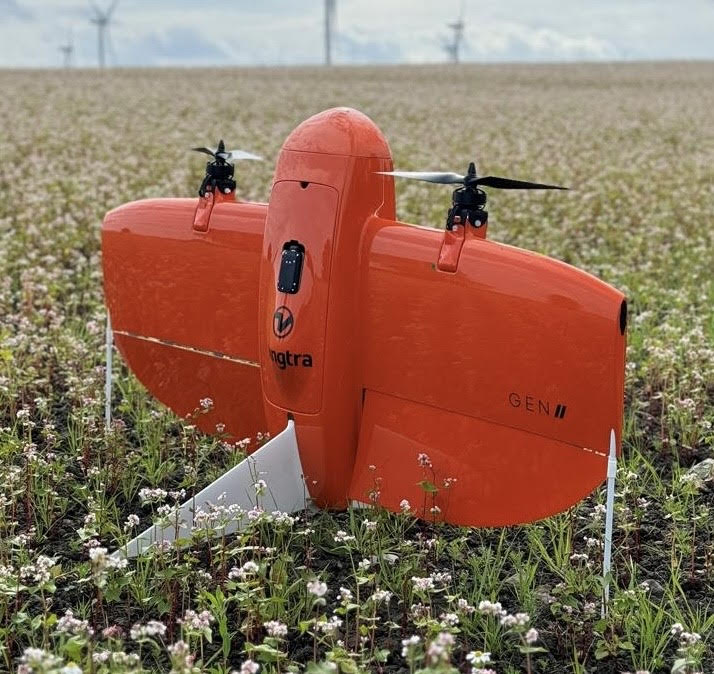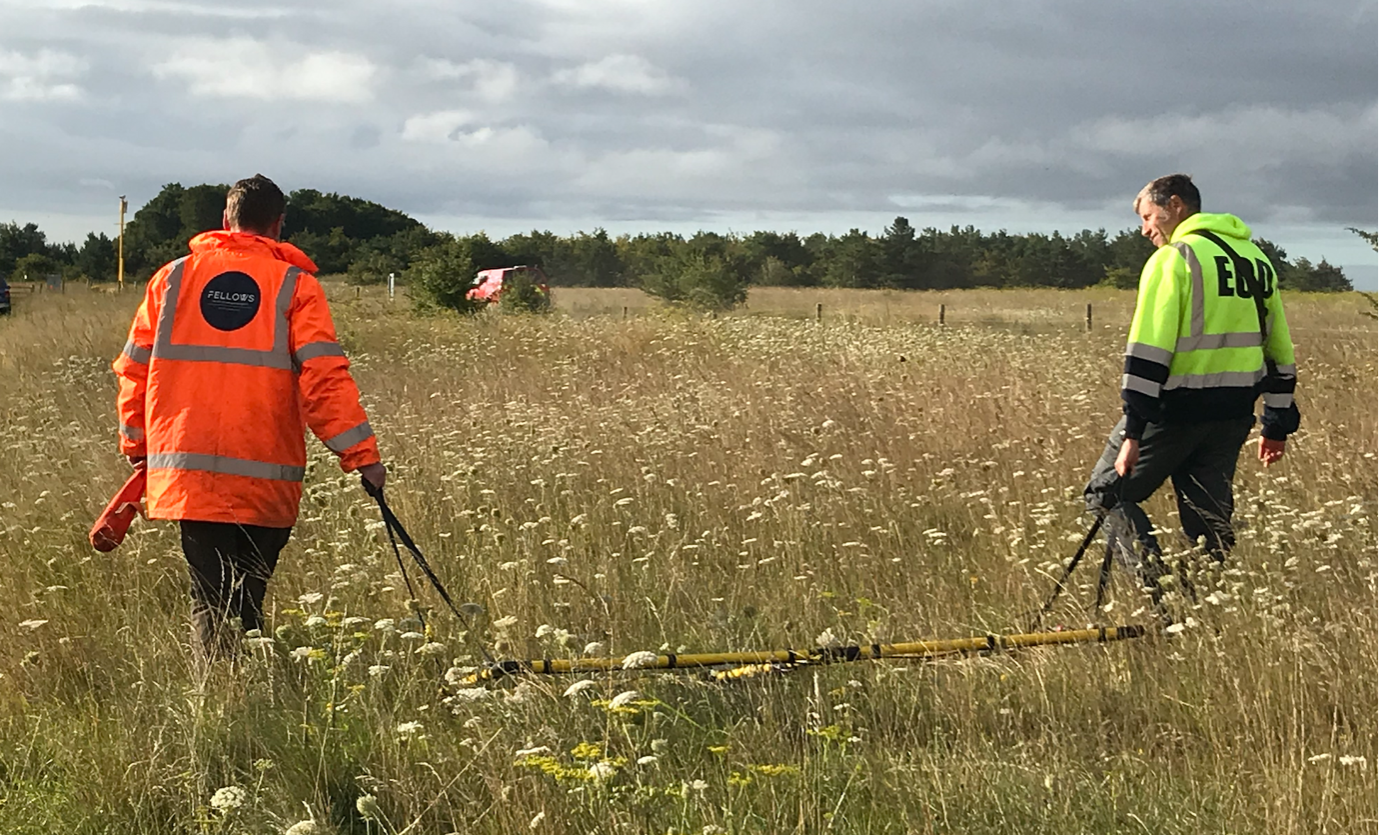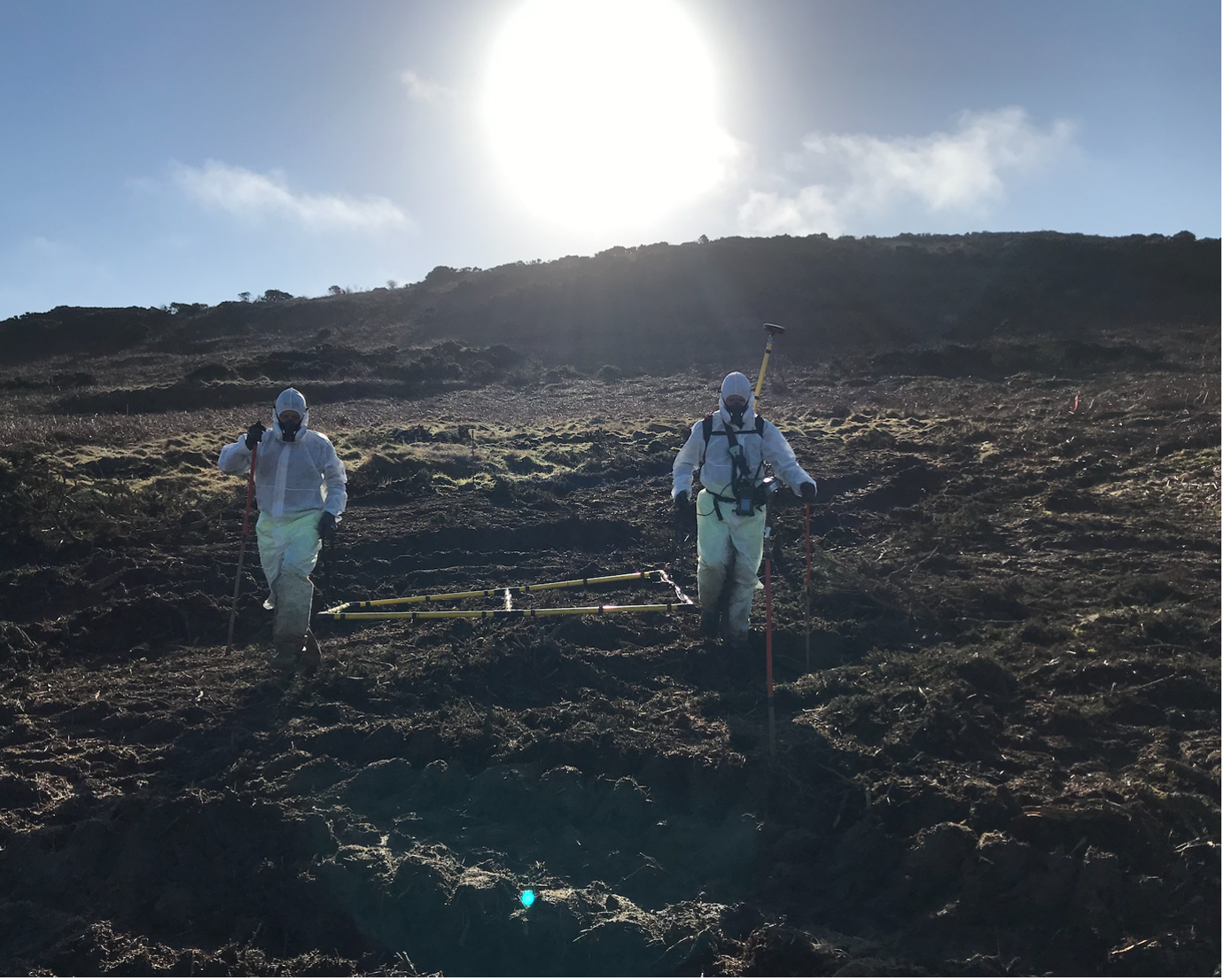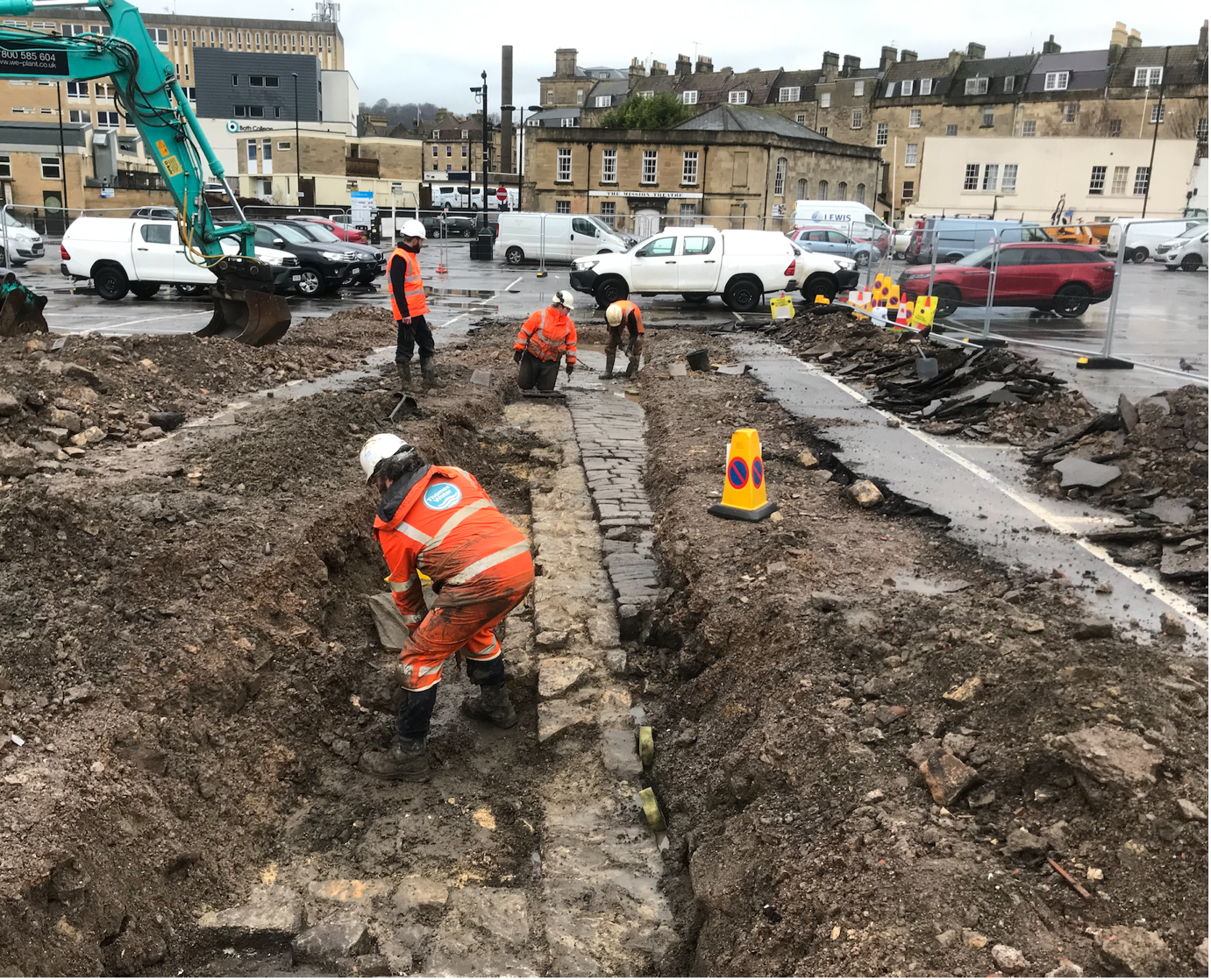Site Clearance Services
Fellows International Group offer a variety of services to lower the risk of encountering unexploded ordnance on your site to ‘As Low As Reasonably Practical’ (ALARP). This could include either legacy ordnance from World War I, World War II or other historical periods, to more conventional modern day ordnance from Ministry Of Defence (MOD) training estates, or other military establishments.
These services range from desk top studies in the form of Preliminary Risk Assessments (PRA) and Detailed Risk Assessments (DRA), through to site mitigation in order to achieve UXO site clearance.
Dependent on your unique requirements, we aim to provide tailored, cost-effective site mitigation and offer several options to achieve this:
Emergency Response Plan (ERP)
Your Emergency Response Plan will be designed to minimise the impact of incidents when they do occur. Each procedure in your ERP will consider both impact and reducing risk when issues arise and will summarise your core lines of communication.
On Call Service (OC)
If your site risk is low but your Health and Safety plans still require you to reach out to Subject Matter Experts (SMEs) without the additional cost of retaining a UXO Engineer on site, then Fellows can provide an On Call reach out to a senior UXO engineer during office hours.
UXO Awareness Brief (UXOAB)
For sites where there may be a higher risk of encountering UXO, a UXO Awareness Brief can be provided. This is given to all site personnel, including management and operatives, and aims to educate and bring awareness to those on-site in how to identify, without touching, ordnance they might come across.
Virtual UXO Awareness Brief
Where an on-site visit isn’t possible or required, we can deliver a virtual brief which covers the same elements as an in-person UXOAB. This is conducted over Teams with no upper limits to the amount of people who can join, and attendees can even be invited if working from home.
UXO Disposal
Fellows can also offer an Explosive Ordnance Disposal service or a UXO removal service, where location and authority permits.
Intrusive Surveys
Watching Brief
A Watching Brief (also known as a UXO Banksman) will provide monitoring during shallow excavations at your site. During ground clearance, a portable magnetometer detector will be used ahead of excavations and land clearance for UXO. The role of a Watching Brief is to provide reactive support during intrusive works and be on call to respond to any suspected ordnance. The Watching Brief may also give a Toolbox Talk to the workforce as required and liaise with local authorities should UXO be identified. Where required Fellows can also support and liaise with additional authorities such as Military Bomb Disposal Services, Police etc.
 Ground Investigation (GI)
Ground Investigation (GI)
To support ground works at your site, a fully equipped UXO Survey Engineer would conduct ground investigation, which involves scanning at the surface around a pre-marked area. GI positions intended to be deeper than 2-3 metres would need to be surveyed at the surface prior to drilling or excavation, and subsequently in further stages using down-hole procedures until maximum bomb penetration depth (mbp) is reached.
Cone Penetrometer Testing (CPT)
A UXO Survey Engineer may conduct UXO scanning of piling positions on your site using a CPT rig. Each pile position would be surveyed to the maximum penetration depth that the most common air-dropped munition could reach. These probe positions would be cleared to a 1.75m radius from the centre with probe positions overlapping, reducing the UXO risk to ‘As Low As Reasonably Practical’ (ALARP) in the surveyed areas.
Non-Intrusive Surveys
Site Survey
A Non-Intrusive UXO survey will detect, record, and plot potential ordnance from past military land usage. To do this, each site gets broken down in to small, manageable areas (generally 50m x 50m). All data gathered will be analysed on-site to identify significant anomalies, before it gets forwarded for interpretation to a Fellows Data Analyst experienced in electromagnetic UXO survey. On completion of the survey, a final report will detail any detected potential UXO (pUXO) anomalies which may need to be excavated and identified, as well as include a Main Targets List (MTL).
Drone Survey
This method uses a drone with a radar system, enabling it to fly as low as 70cm from the ground and carry a magnetometer. The primary use of this drone is to detect UXO in difficult to access or large areas, including fields for solar farms, marsh areas, and intertidal or beach locations. All drone operations are conducted under an Operational Authorisation from the UK Civil Aviation Authority (CAA).
Contact us




